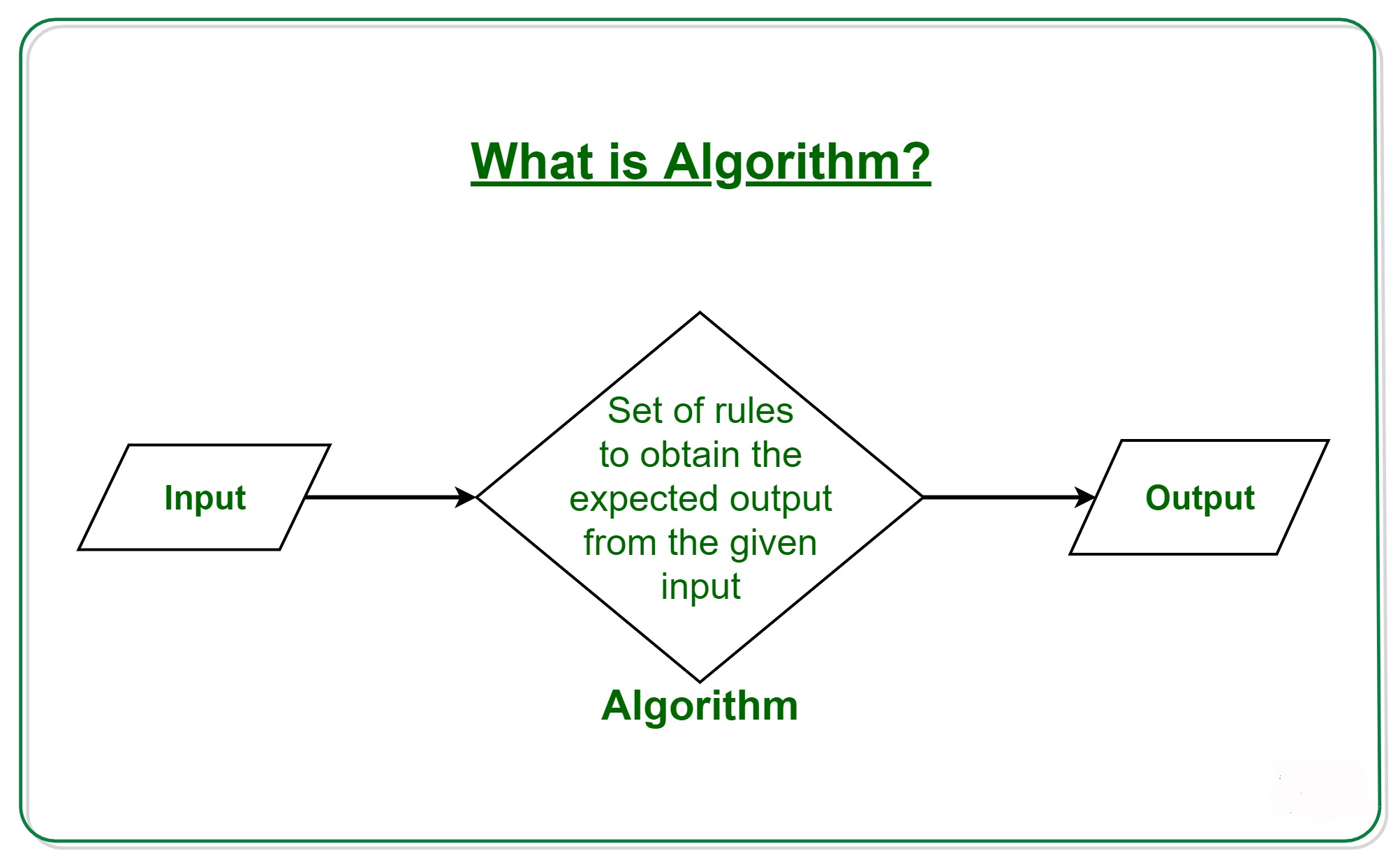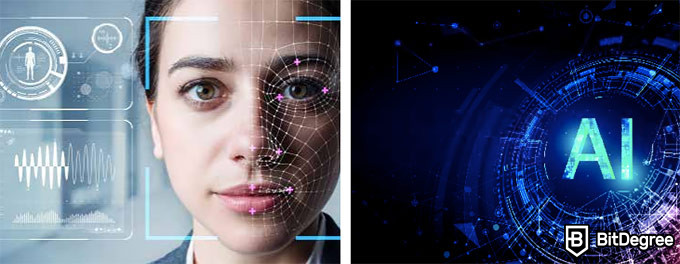
Fei-Fei Li, a computer scientist, is co-director at Stanford's Vision and Learning Lab and Sequoia Capital Professor in Computer Science. Her research focuses on machine learning and computer vision. She is a National Academy of Engineering member and the National Academy of Medicine. In addition, Li co-directs the Stanford Institute for Human-Centered Artificial Intelligence.
ImageNet
Fei-Fei Li has published more than two hundred articles and research papers in top conferences and journals. She is also the inventor of ImageNet, the world's largest dataset for visual recognition. ImageNet is an important benchmark in artificial intelligence research. This database includes images of real-world objects as well as abstract ideas. Her work has had a profound impact on computer vision. Check out this video to see how ImageNet works.

AI4ALL
Professor FeiFei Li, co-founder of AI4ALL and chief technologist, is a member of National Academy of Engineering, Medicine, the Council on Foreign Relations, and the National Academy of Engineering, Medicine. In addition to serving as a Professor at Stanford, he served as a Google Vice President and Chief Scientist for AI/ML. Li was an assistant professor of Princeton University and a Stanford professor before joining Google. In 2009, he founded ImageNet and later AI4ALL.
National Academy of Engineering
Membership in the National Academy of Engineering ranks among the most highly regarded honors in engineering. This award is presented to members who make significant contributions to science and technology. Recently, the honor was given to Stanford University professors in computer science and engineering. Their most recent achievements include the development of single-cell genetics and super-resolution imagery technology. Other recent members include Stanford computer scientist Wang Jianwei and Harvard University physics professor Zhuang Xiaowei.
National Academy of Medicine
The National Academy of Medicine in America is a non-governmental, nonprofit organization. It was formerly known as The Institute of Medicine. The organization works to improve health care and promote a better understanding of the medical profession. It is responsible for the publication of the journal Science and the development of several guidelines and standards for medical care. It also publishes books as well research reports and other publications that will improve the lives around the world.

SAILORS
SAILORS was started by four girls who were passionate about AI. This program is unique and a great way to introduce girls into AI. Its mission is to make AI inclusive and diverse. The program is sponsored by Jensen Huang and Melinda Gates’ Pivotal Ventures. It also includes rigorous quantitative evaluation. The curriculum chairs read the feedback from the girls and will continue to monitor the program.
FAQ
Who is leading the AI market today?
Artificial Intelligence is a branch of computer science that studies the creation of intelligent machines capable of performing tasks normally performed by humans. It includes speech recognition and translation, visual perception, natural language process, reasoning, planning, learning and decision-making.
There are many types of artificial intelligence technologies available today, including machine learning and neural networks, expert system, evolutionary computing and genetic algorithms, as well as rule-based systems and case-based reasoning. Knowledge representation and ontology engineering are also included.
Much has been said about whether AI will ever be able to understand human thoughts. Deep learning technology has allowed for the creation of programs that can do specific tasks.
Today, Google's DeepMind unit is one of the world's largest developers of AI software. Demis Hashibis, who was previously the head neuroscience at University College London, founded the unit in 2010. In 2014, DeepMind created AlphaGo, a program designed to play Go against a top professional player.
Who is the inventor of AI?
Alan Turing
Turing was born 1912. His father was a clergyman, and his mother was a nurse. He excelled in mathematics at school but was depressed when he was rejected by Cambridge University. He learned chess after being rejected by Cambridge University. He won numerous tournaments. He was a British code-breaking specialist, Bletchley Park. There he cracked German codes.
He died on April 5, 1954.
John McCarthy
McCarthy was born on January 28, 1928. McCarthy studied math at Princeton University before joining MIT. He created the LISP programming system. He was credited with creating the foundations for modern AI in 1957.
He passed away in 2011.
How does AI work
It is important to have a basic understanding of computing principles before you can understand how AI works.
Computers keep information in memory. Computers work with code programs to process the information. The code tells the computer what to do next.
An algorithm refers to a set of instructions that tells a computer how it should perform a certain task. These algorithms are typically written in code.
An algorithm can be considered a recipe. A recipe might contain ingredients and steps. Each step represents a different instruction. A step might be "add water to a pot" or "heat the pan until boiling."
AI is it good?
Both positive and negative aspects of AI can be seen. The positive side is that AI makes it possible to complete tasks faster than ever. We no longer need to spend hours writing programs that perform tasks such as word processing and spreadsheets. Instead, our computers can do these tasks for us.
On the negative side, people fear that AI will replace humans. Many believe that robots could eventually be smarter than their creators. This could lead to robots taking over jobs.
Why is AI important?
It is estimated that within 30 years, we will have trillions of devices connected to the internet. These devices will include everything, from fridges to cars. The Internet of Things (IoT) is the combination of billions of devices with the internet. IoT devices and the internet will communicate with one another, sharing information. They will be able make their own decisions. Based on past consumption patterns, a fridge could decide whether to order milk.
It is expected that there will be 50 Billion IoT devices by 2025. This represents a huge opportunity for businesses. This presents a huge opportunity for businesses, but it also raises security and privacy concerns.
Statistics
- More than 70 percent of users claim they book trips on their phones, review travel tips, and research local landmarks and restaurants. (builtin.com)
- The company's AI team trained an image recognition model to 85 percent accuracy using billions of public Instagram photos tagged with hashtags. (builtin.com)
- A 2021 Pew Research survey revealed that 37 percent of respondents who are more concerned than excited about AI had concerns including job loss, privacy, and AI's potential to “surpass human skills.” (builtin.com)
- While all of it is still what seems like a far way off, the future of this technology presents a Catch-22, able to solve the world's problems and likely to power all the A.I. systems on earth, but also incredibly dangerous in the wrong hands. (forbes.com)
- That's as many of us that have been in that AI space would say, it's about 70 or 80 percent of the work. (finra.org)
External Links
How To
How to build an AI program
Basic programming skills are required in order to build an AI program. There are many programming languages, but Python is our favorite. It's simple to learn and has lots of free resources online, such as YouTube videos and courses.
Here is a quick tutorial about how to create a basic project called "Hello World".
First, open a new document. This can be done using Ctrl+N (Windows) or Command+N (Macs).
In the box, enter hello world. Enter to save the file.
For the program to run, press F5
The program should display Hello World!
This is just the beginning, though. These tutorials will help you create a more complex program.